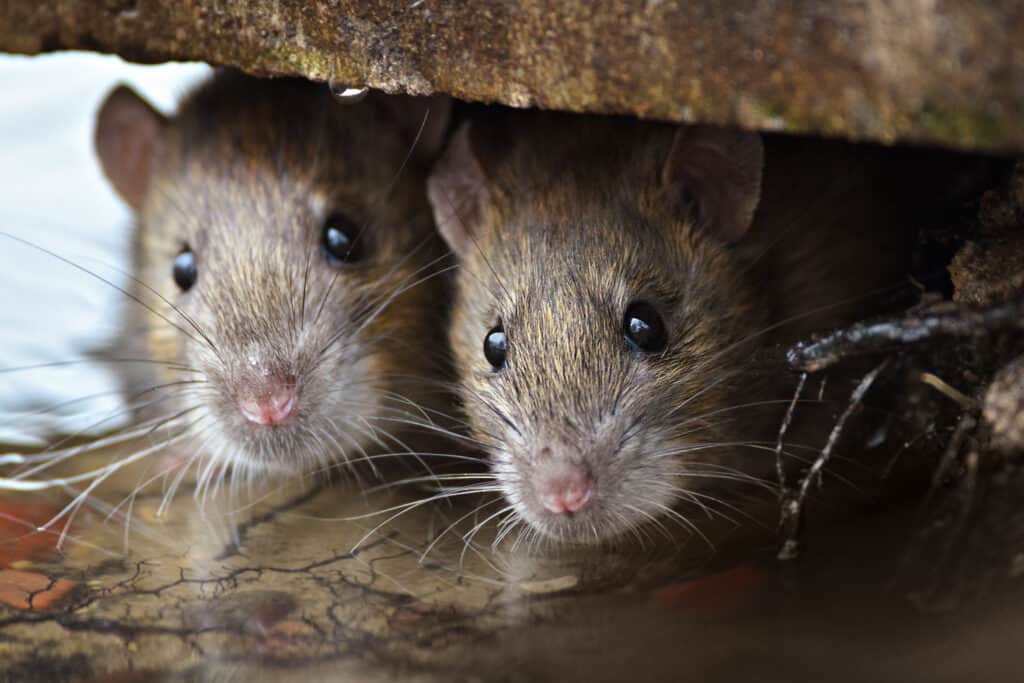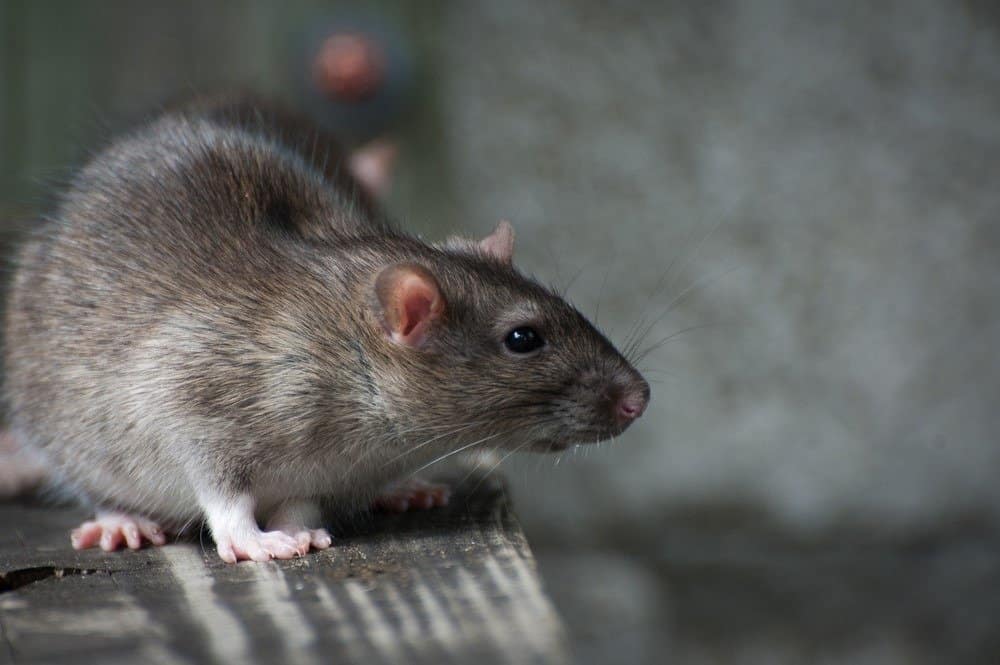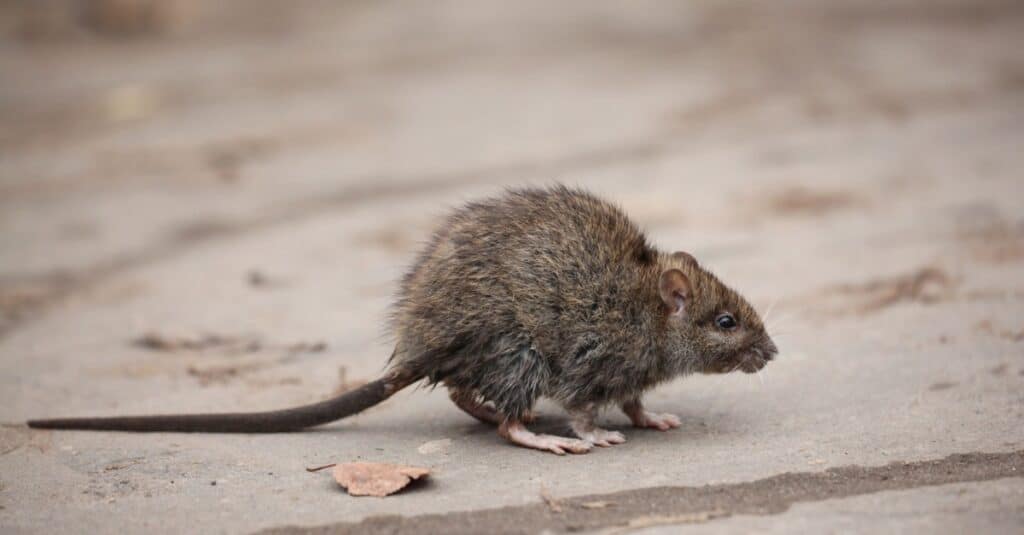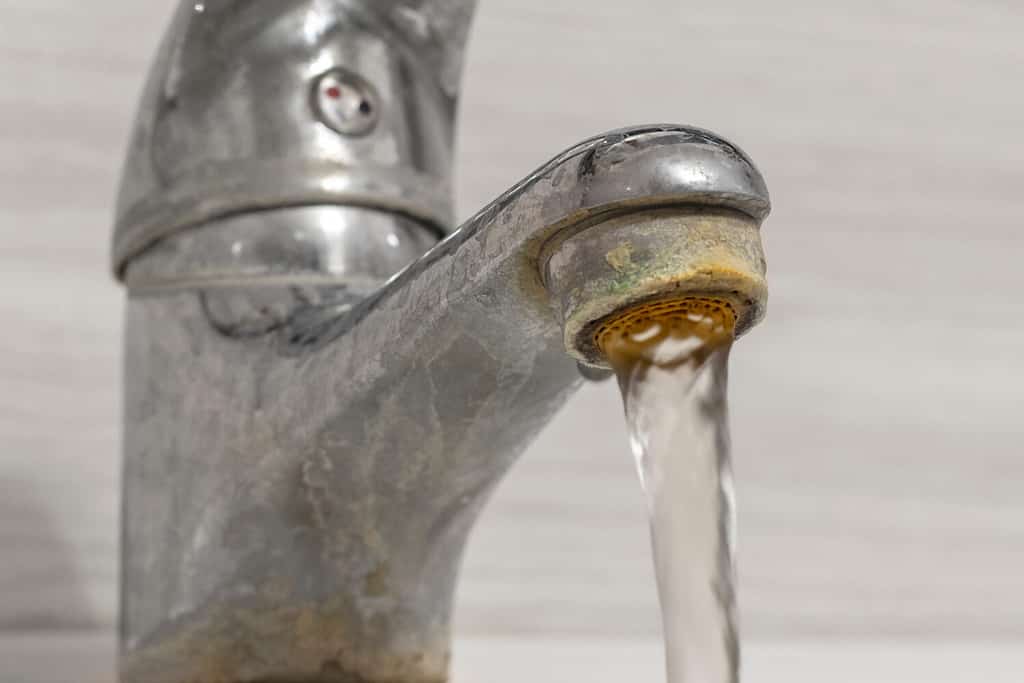How Long Can Rats Hold Their Breath?
When a city like New York starts flooding, a common question that comes to mind is… what happens to all the rats? New York City is home to tons of rats who scour through the sewers, subway staircases, and open sidewalks. Of course, the Big Apple isn’t the only place where rats live their lives. They can get perfectly comfortable in plenty of different places around the globe if their needs are being met. If rats live in a place that floods every once in a while, though, flooding isn’t the best thing for their lifespans. How long can rats hold their breath? Here’s what you should know.
Rats Can Hold Their Breath For Three Minutes

©Gallinago_media/Shutterstock.com
You might’ve heard rumors about rats holding their breath for extended periods of time in the past, but the truth of the matter is that they can’t actually hold their breath for that long. Sage Pest Control explains that rats can only hold their breath for up to three minutes when they’re stuck underwater somewhere. By that same token, they can also tread water for nearly 72 hours straight. This means that if a rat is stuck in some type of flooding scenario, they’ll be able to survive for three days if they can keep their mouth and nose above the surface. Since rats have such impressive swimming skills, they can travel from drain pipes and sewer lines into the toilets of your home! Rats can surely swim, but the myths that they can breathe underwater or endlessly hold their breath are completely false.
Where Do Rats Congregate Around the World?

©Heiko Kiera/Shutterstock.com
It’s abundantly clear that rats love living in New York, but that isn’t the only place where they reside. PBS notes that it’s possible to cross paths with rats on every single continent – other than Antartica. Any places that are fully inhabited by human beings can easily be home to rats also. Since the temperature is in Antartica are way too chilly for these tiny critters to comfortably survive in nature, Antartica simply isn’t a location where they reside. On top of that, Antarctica doesn’t offer enough food, shelter, or basic human resources for a rat to benefit from.
Can Rats Survive High Falls?

©iStock.com/Kichigin
We now know rats can tread water for three days and hold their breath for three minutes in a flood. When it comes to the other elements they can’t survive, it’s pretty obvious that they wouldn’t make it out of a fire. To be frank, they’d quickly burnt to a crisp. But what about surviving high falls? Interestingly enough, rats can fall from shockingly high distances without getting hurt. Vancouver Wildlife states that a rat can drop a whopping 50 feet without sustaining any injuries. When it comes to their jumping abilities, they can leap 36 inches vertically and 48 inches horizontally. In other words, when a rat is on a mission to make it up onto a ledge that’s far above reach, it’s likely they’ll be able to get there.
Water is the Safest Liquid for a Rat’s Consumption

©Serhii Ivashchuk/Shutterstock.com
Water is crucial in the life of a rat. Rats can safely tread water for up to three days and hold their breath for up to three minutes when they’re inside a body of water — but what about when it comes to drinking? Water is the best liquid for a rat to consume and they aren’t particularly picky about where they get it from. They don’t mind drinking water from sewers, public swimming pools, toilet bowls, or dirty puddles on the sidewalk. Water keeps rats alive and refreshed. As far as other liquids go, pet parents who adopt rats can safely feed their little ones several different liquefied fruits along with their typical bowls of water. According to Pet Helpful, this includes liquefied cantaloupe, applesauce, cherries, cranberries, cucumbers, grapes, and kiwi. They can also consume liquefied papayas, melons, peaches, pears, plums, and pomegranates.
Here’s How You Can Keep Rats Out of Your Home and Drains

©Dmitriy Prayzel/Shutterstock.com
Unless you’re the type of person who wants to adopt a pet rat for yourself, you probably don’t want these rodents running around your home. There are several simple things you can do to keep them from invading your space. Starving them out is key if you don’t want to deal with a massive infestation. This means managing your garbage by keeping tops on your bins. You’ll also want to wrap up any old food and regularly dumping your trash outside for collection. Keeping all the food in your kitchen properly sealed and stored is just as crucial. Filling up any holes or cracks around the foundation of your home is absolutely essential as well. If rats don’t have holes or cracks to sneak through, it won’t be possible for them to invade.









